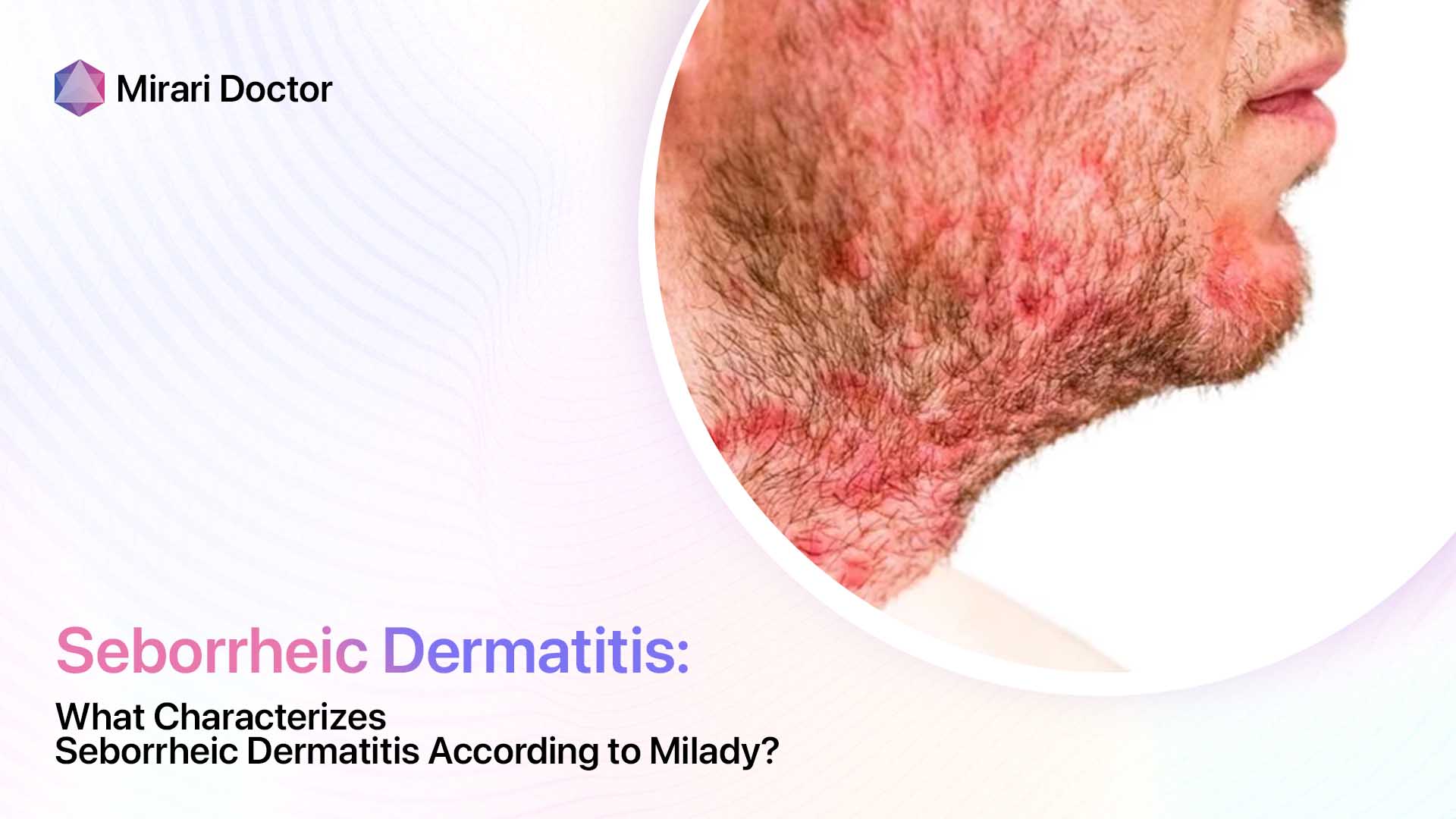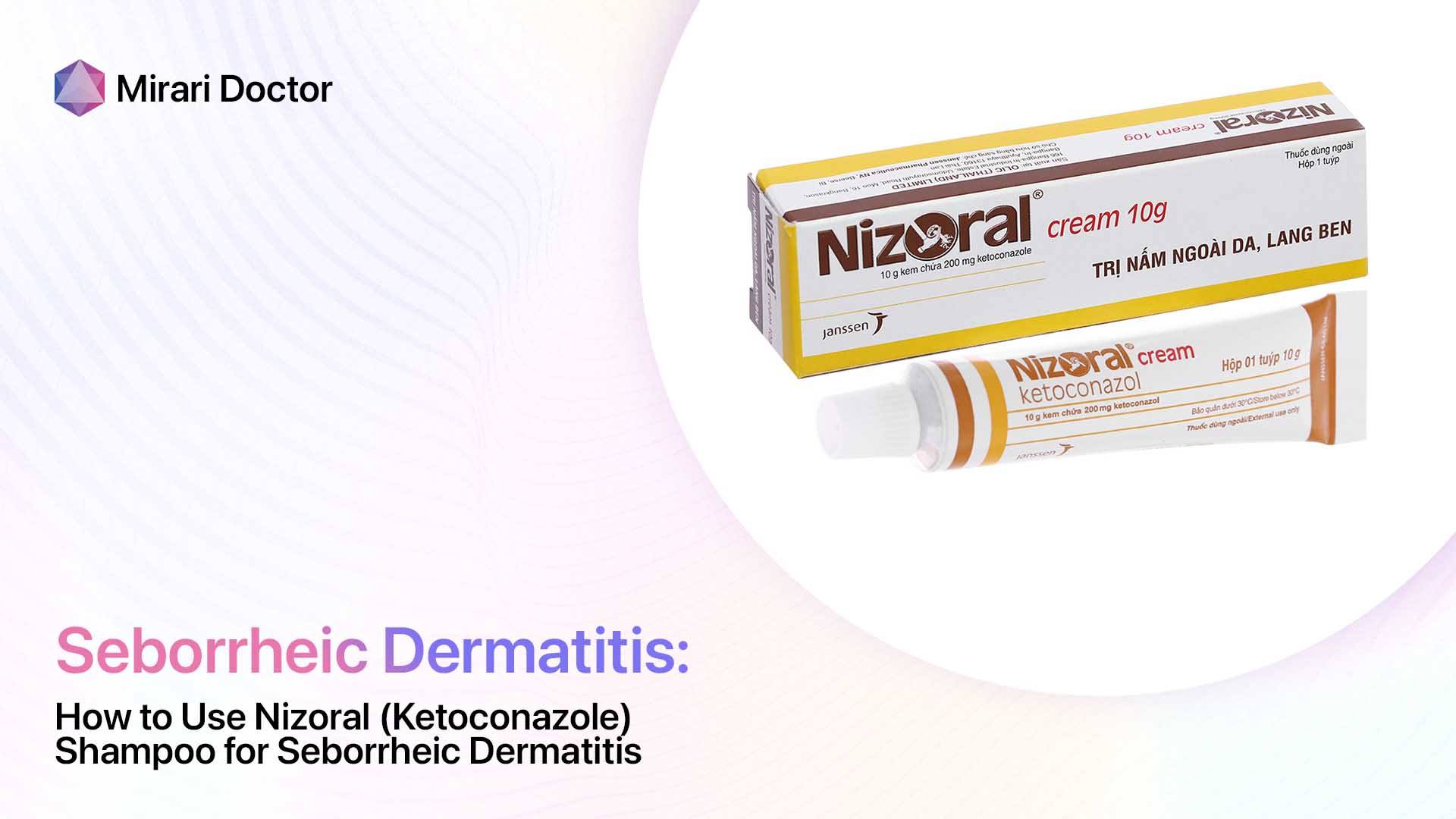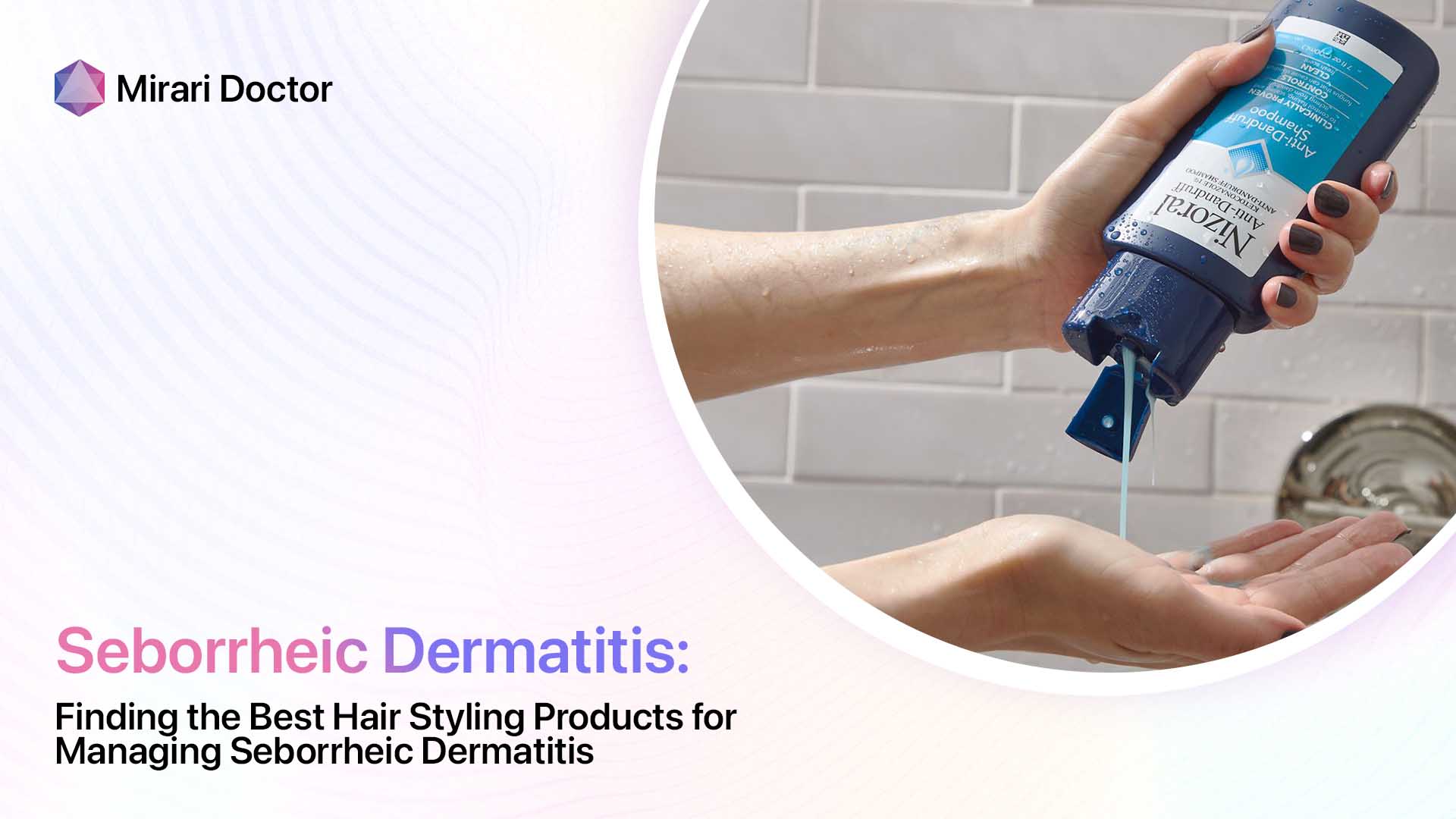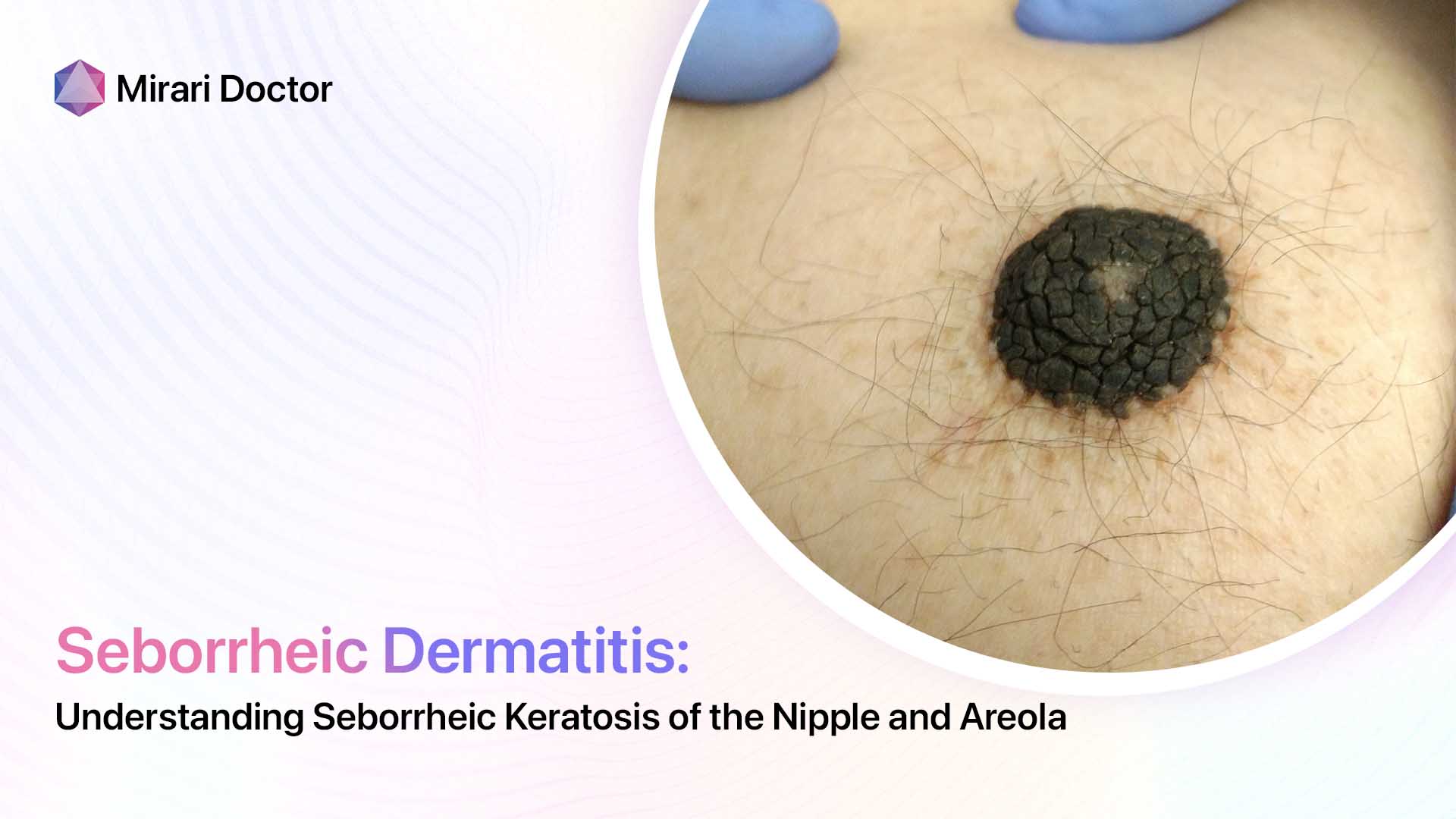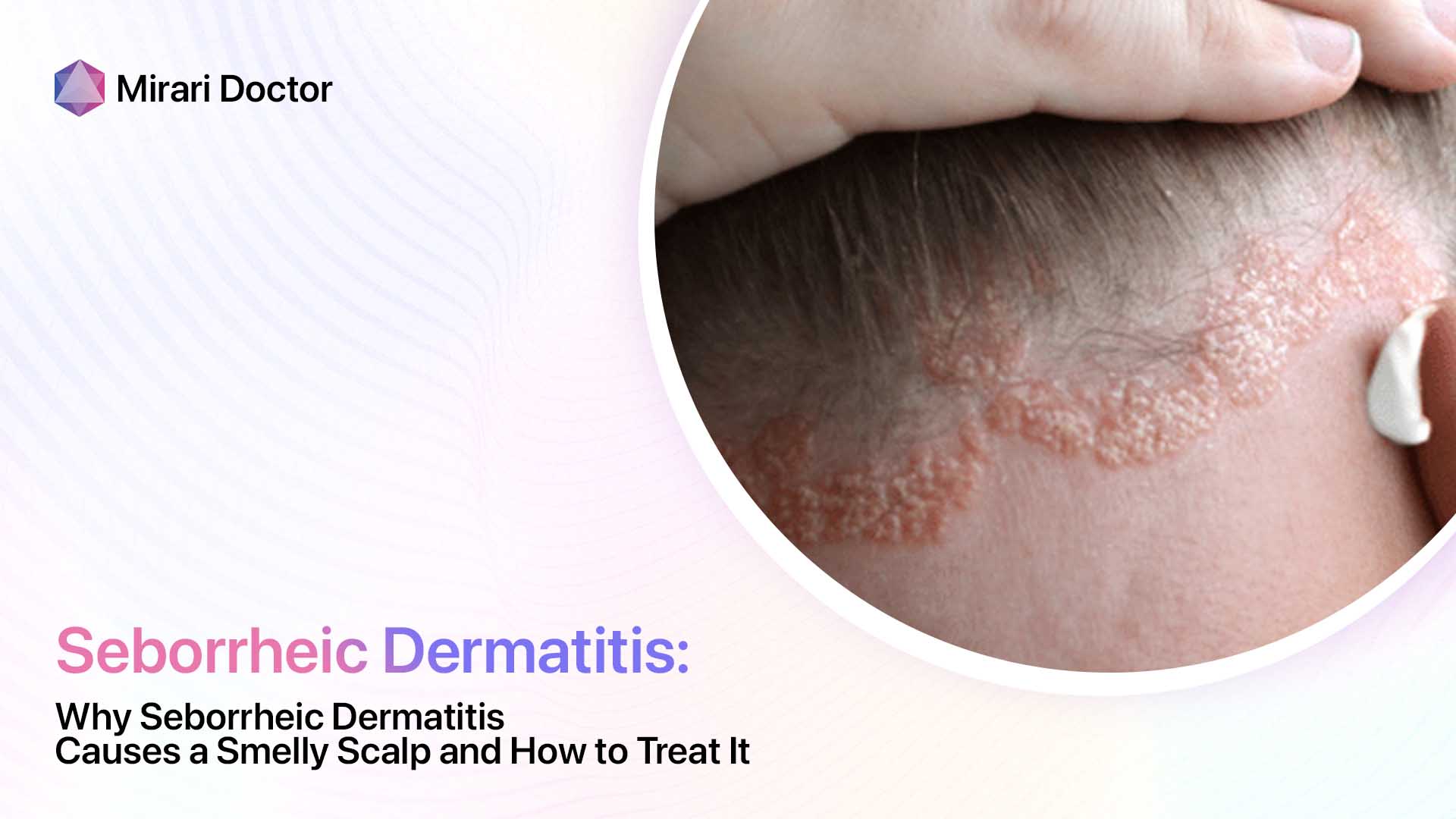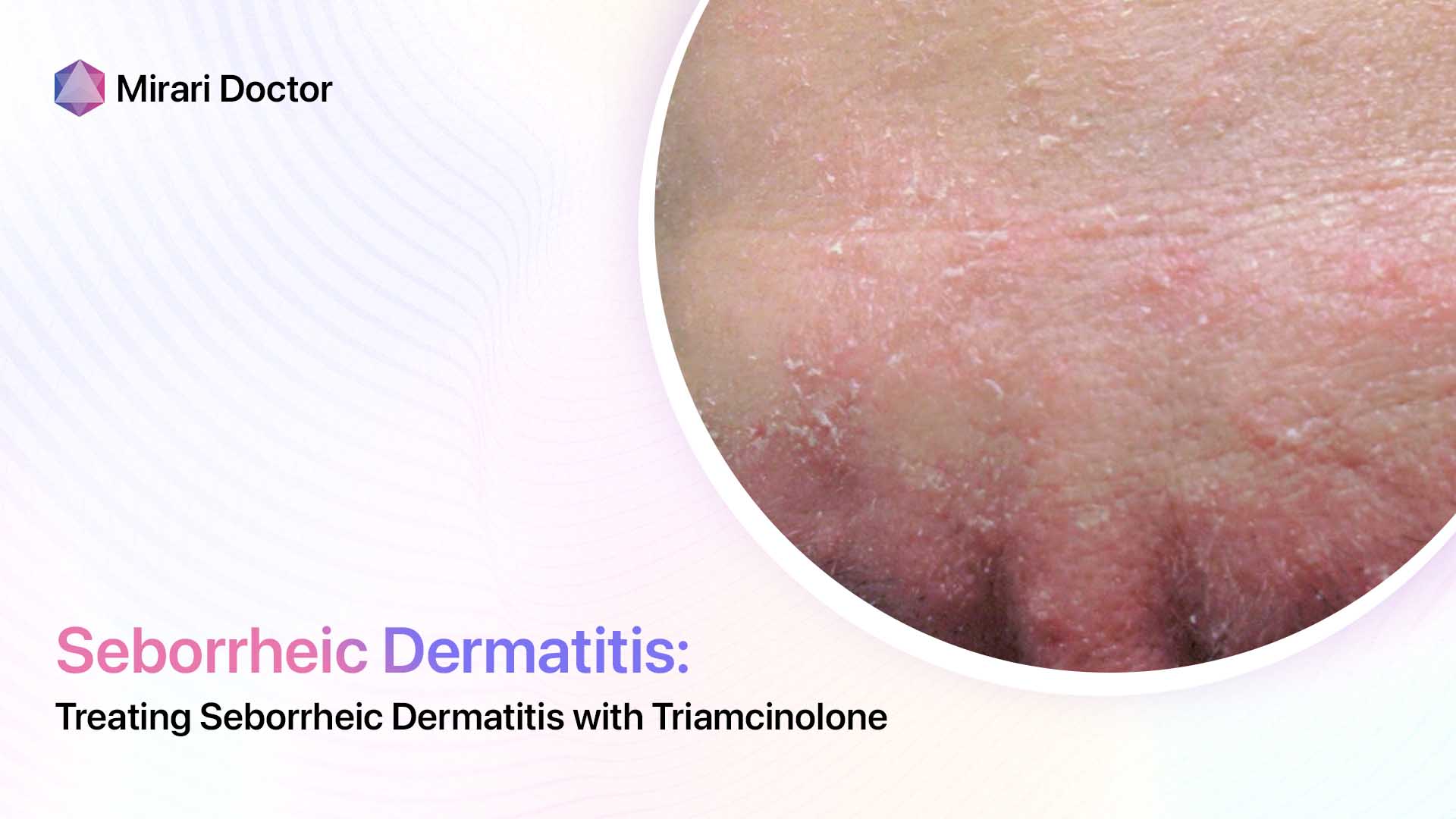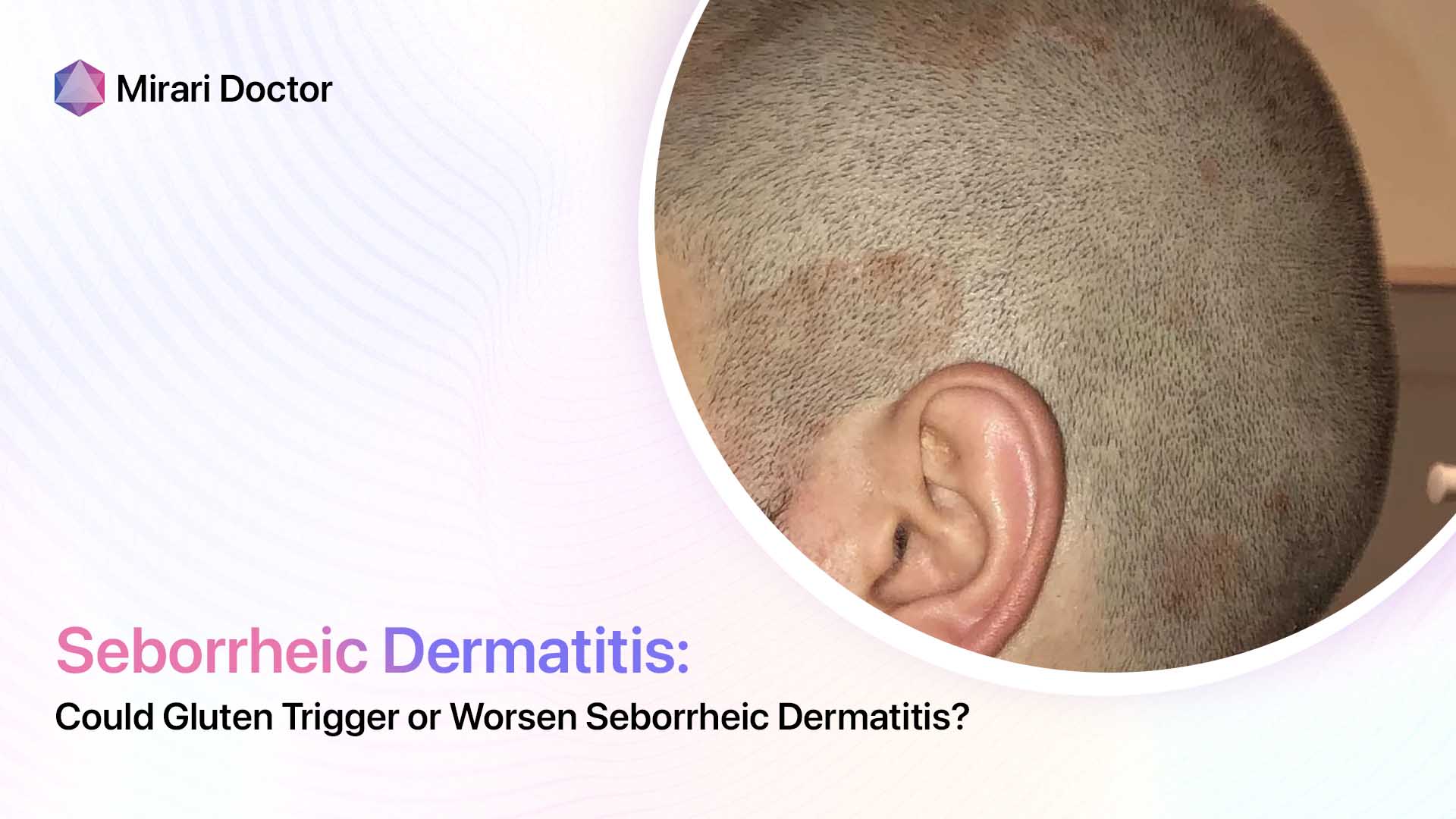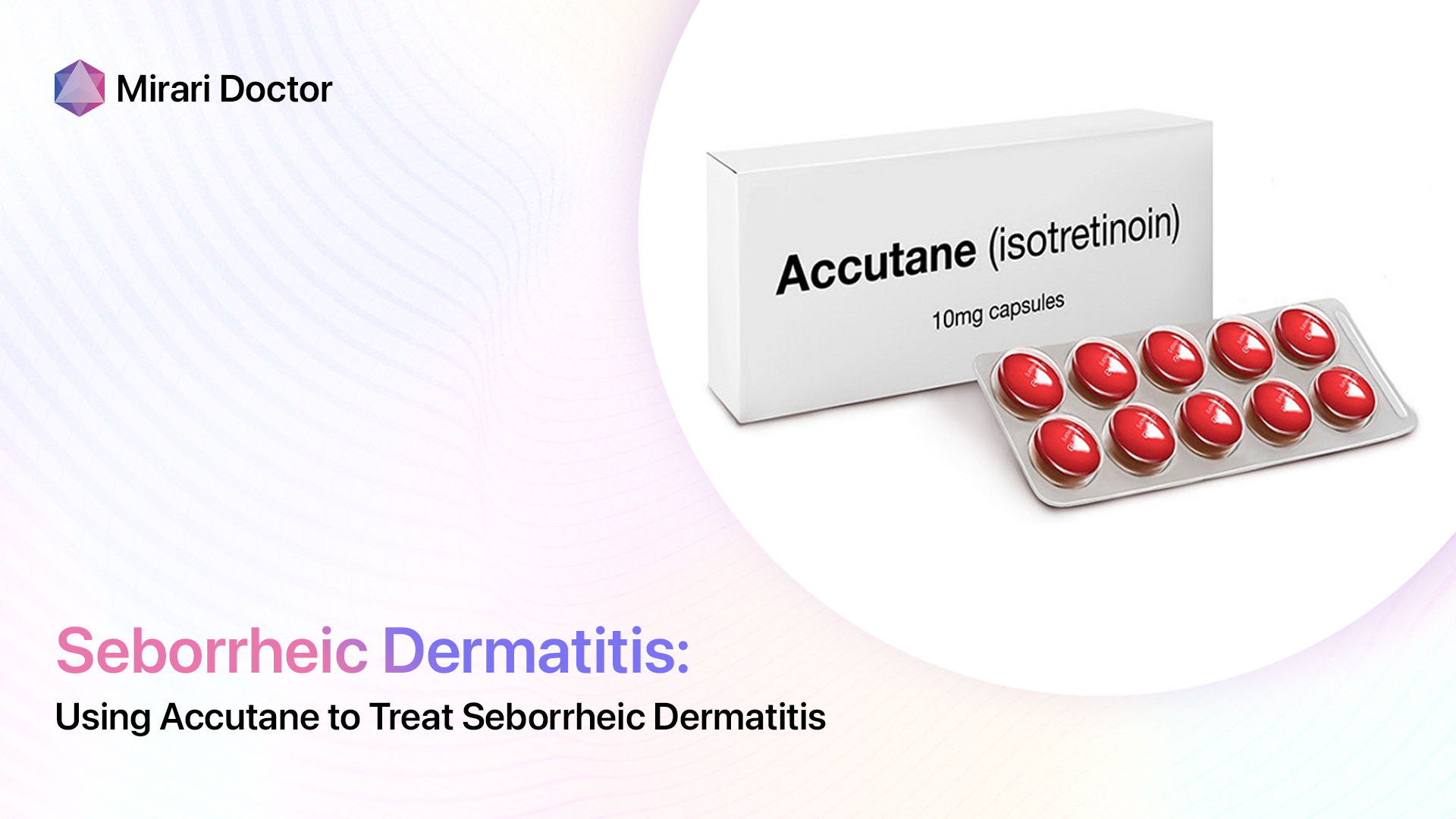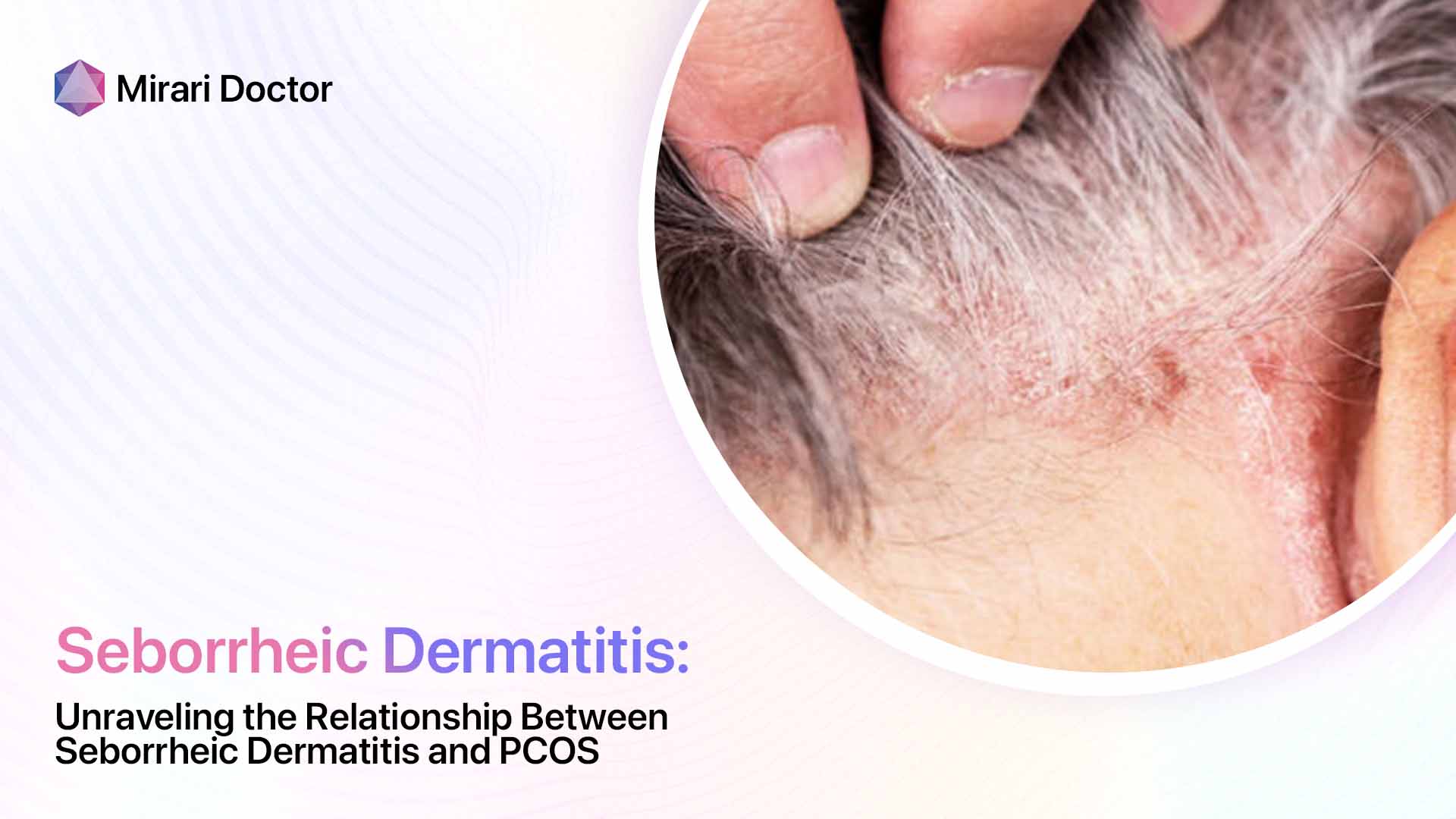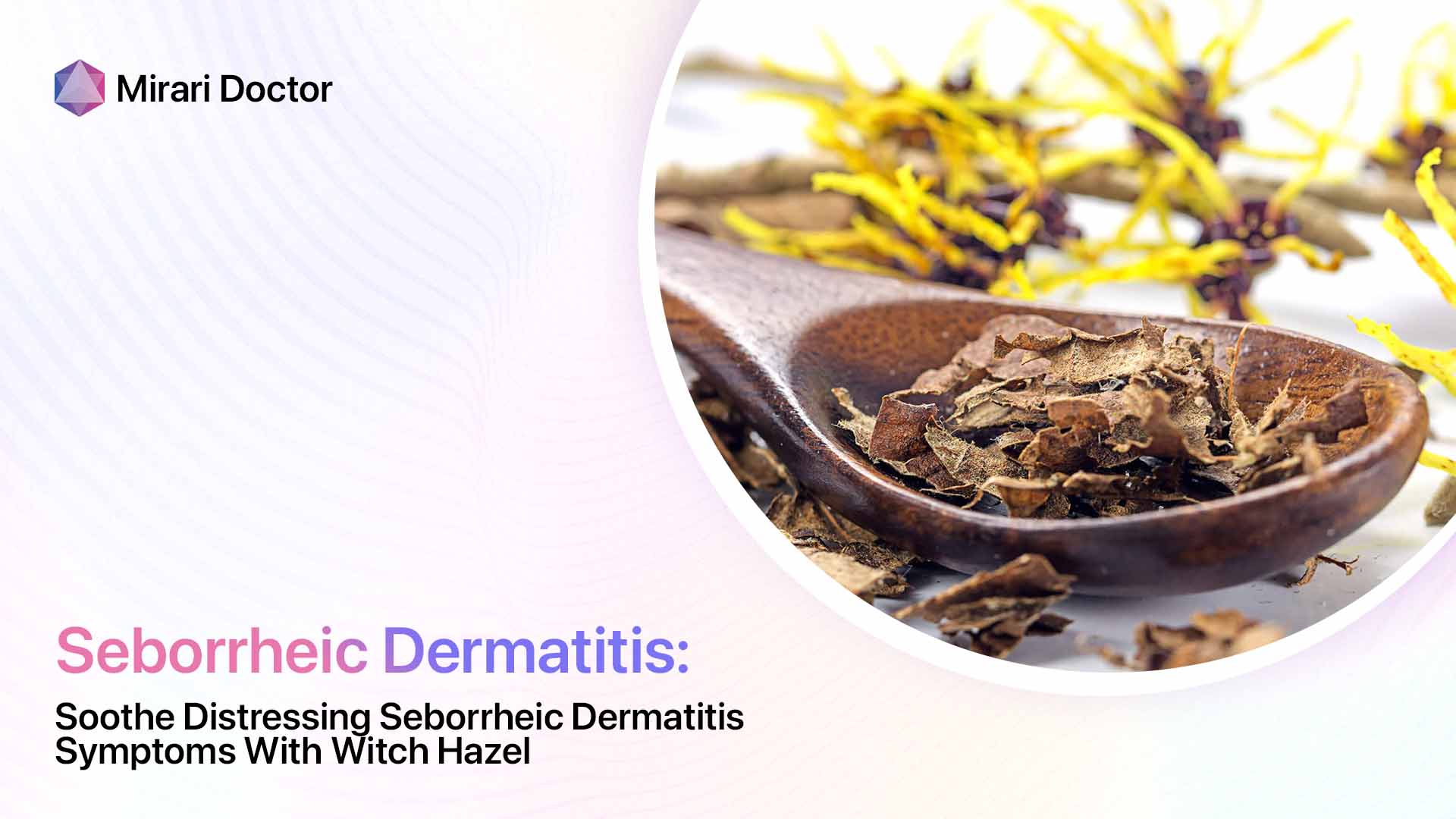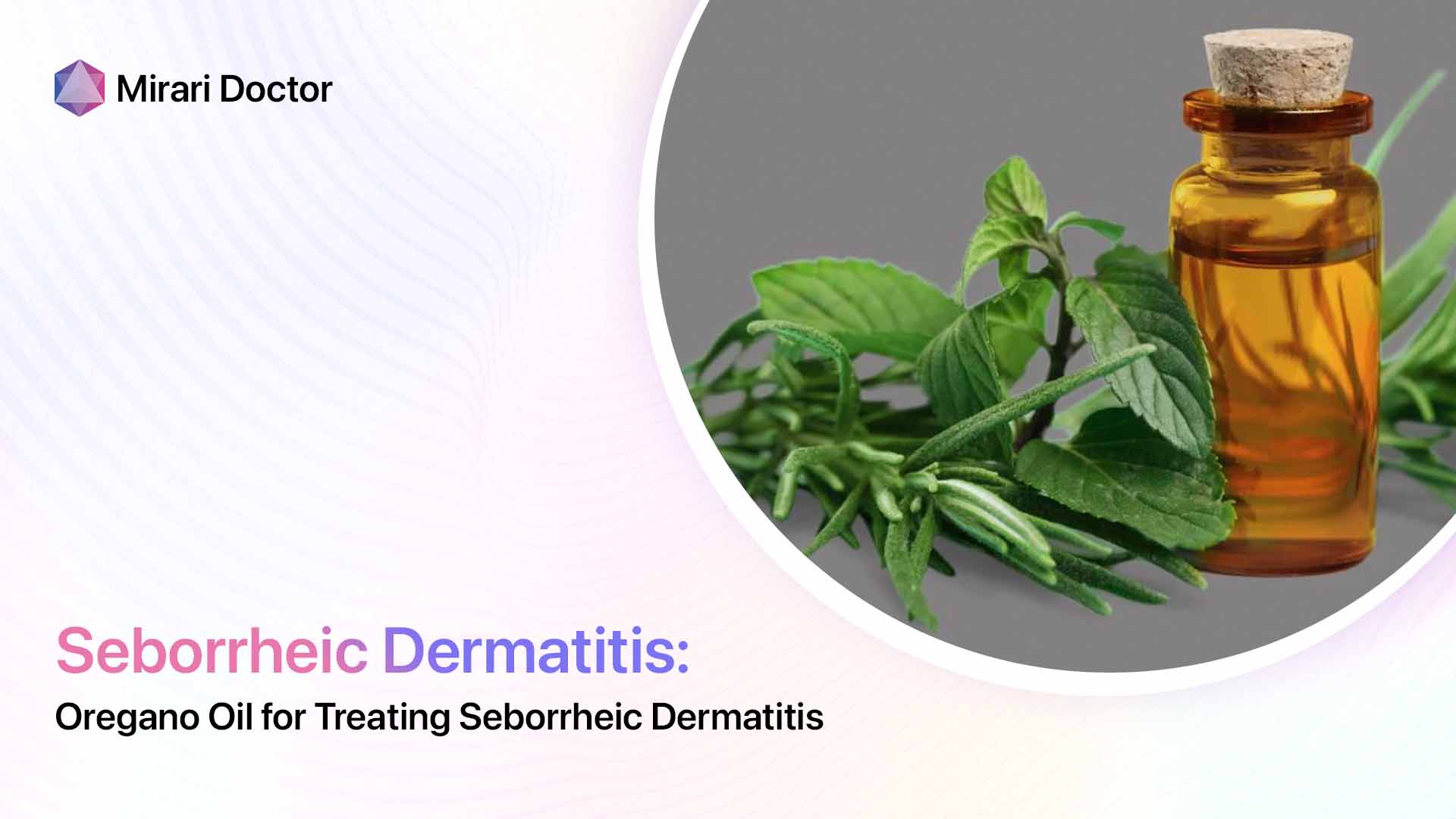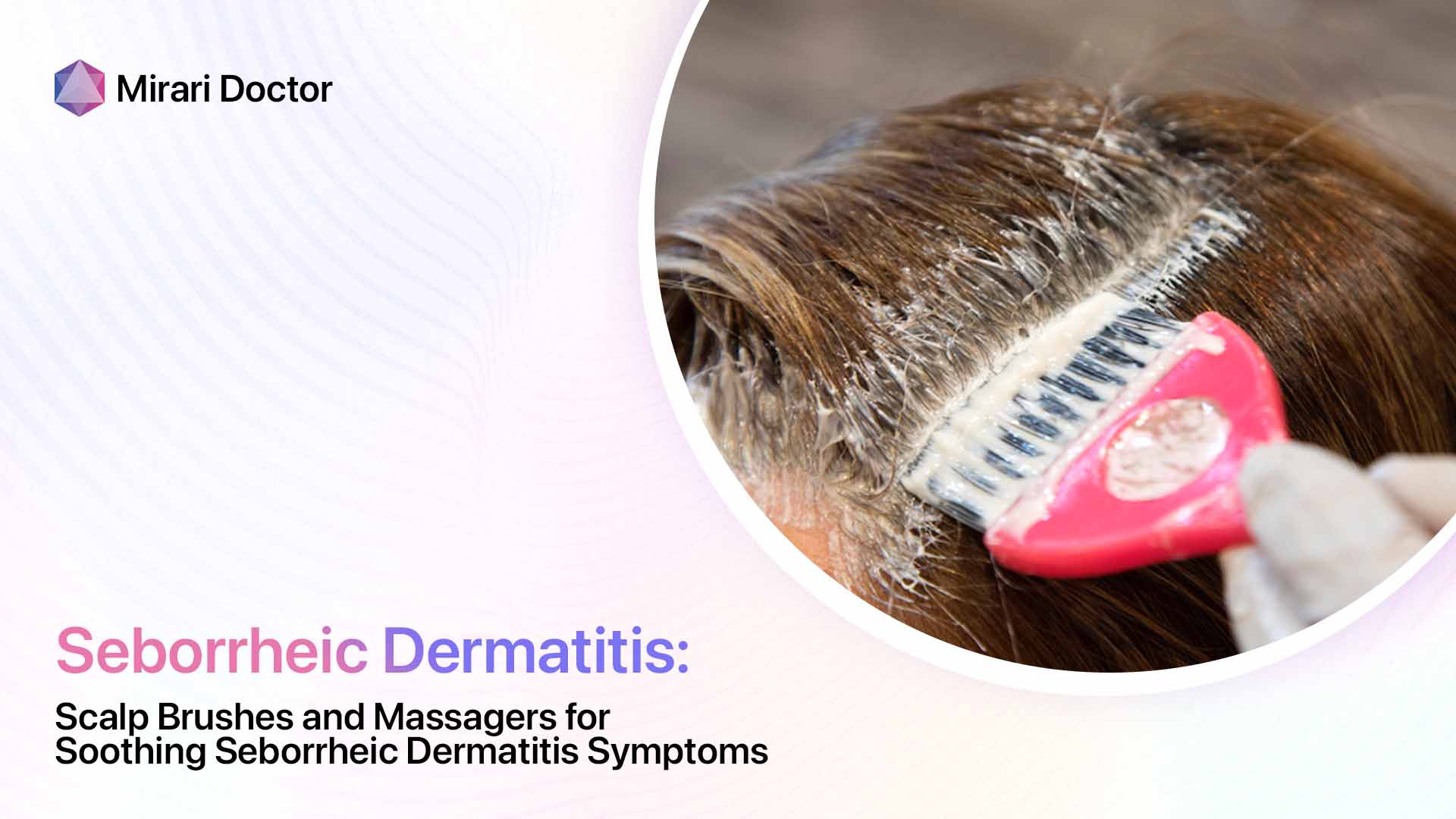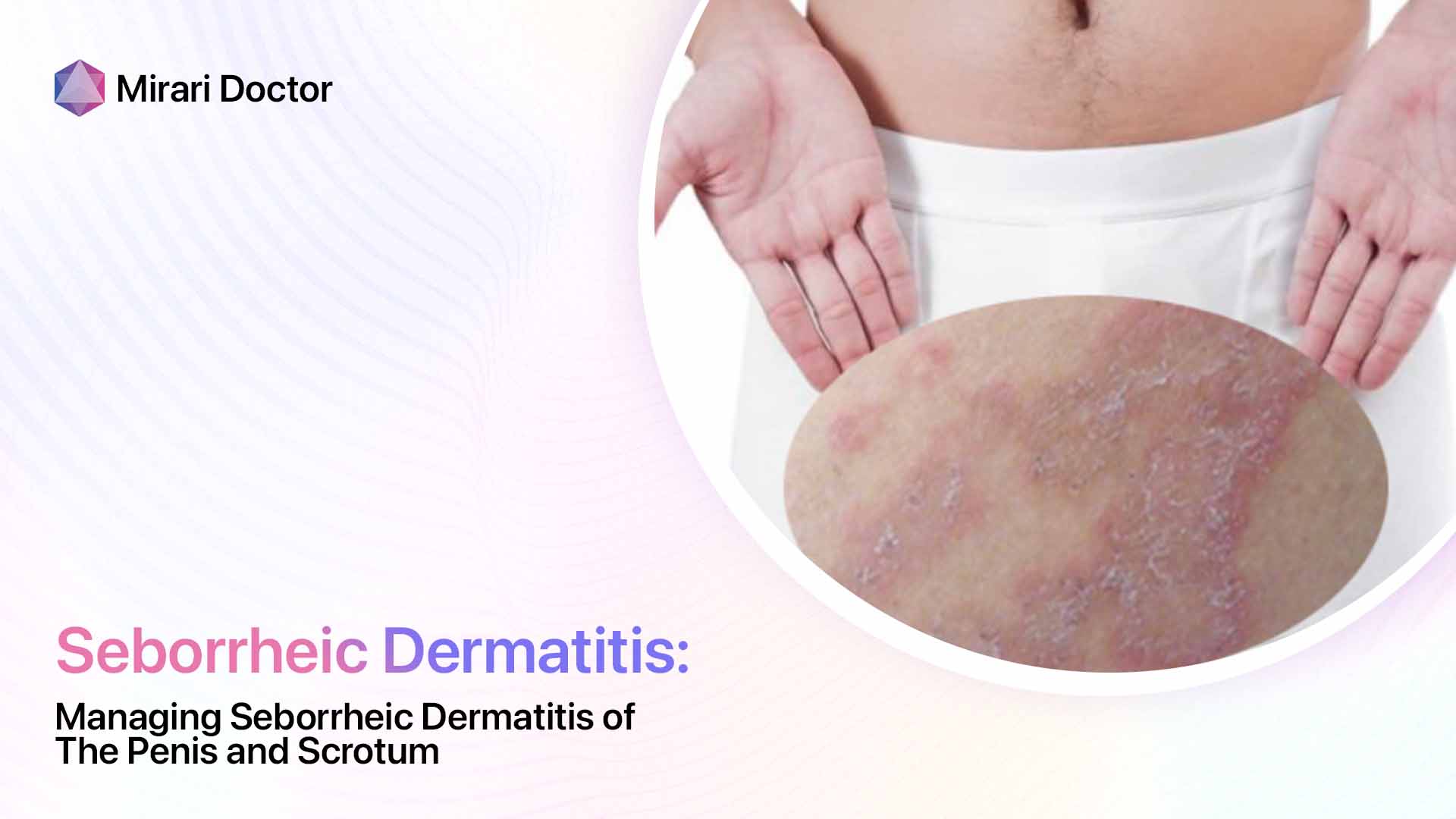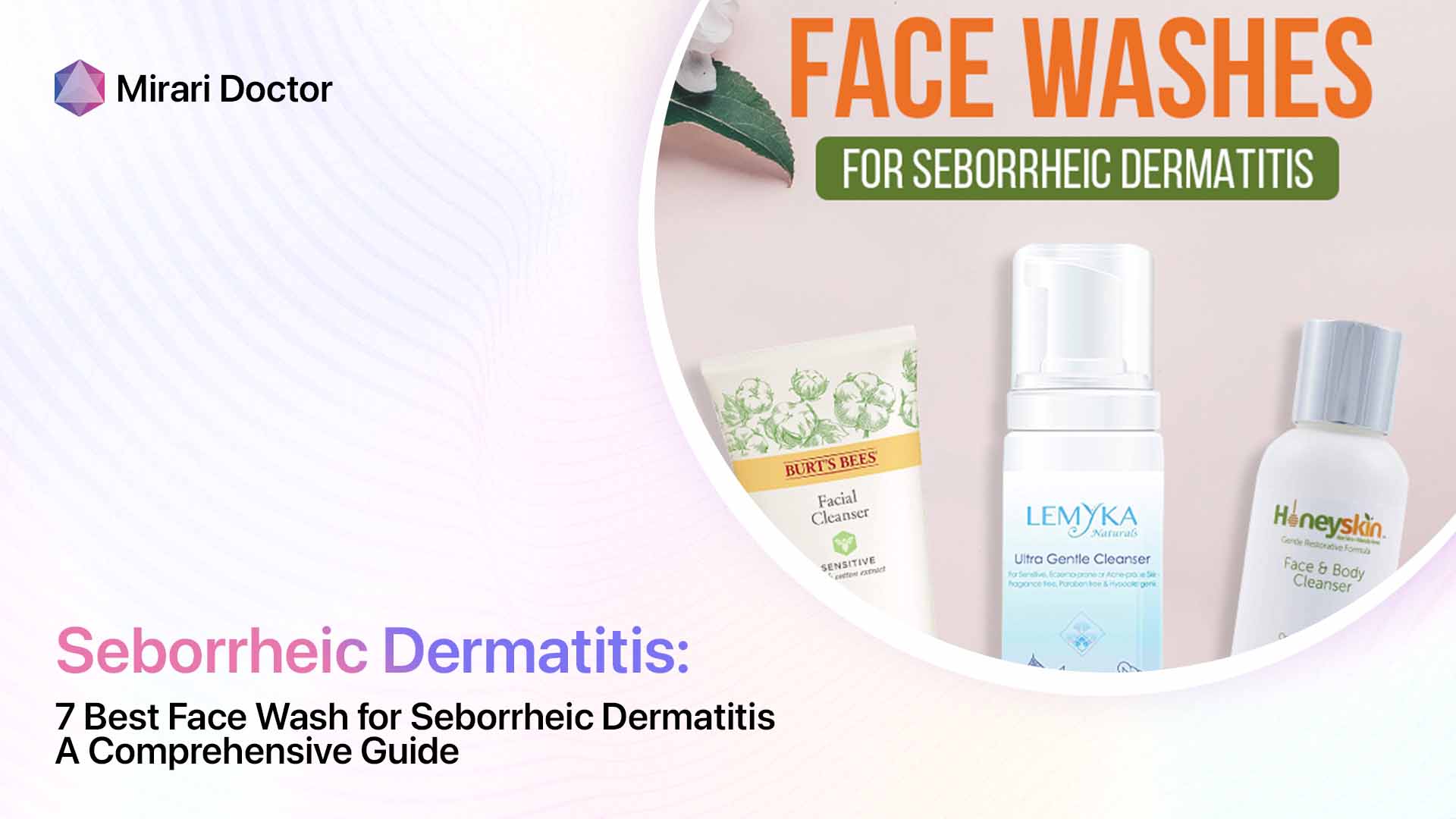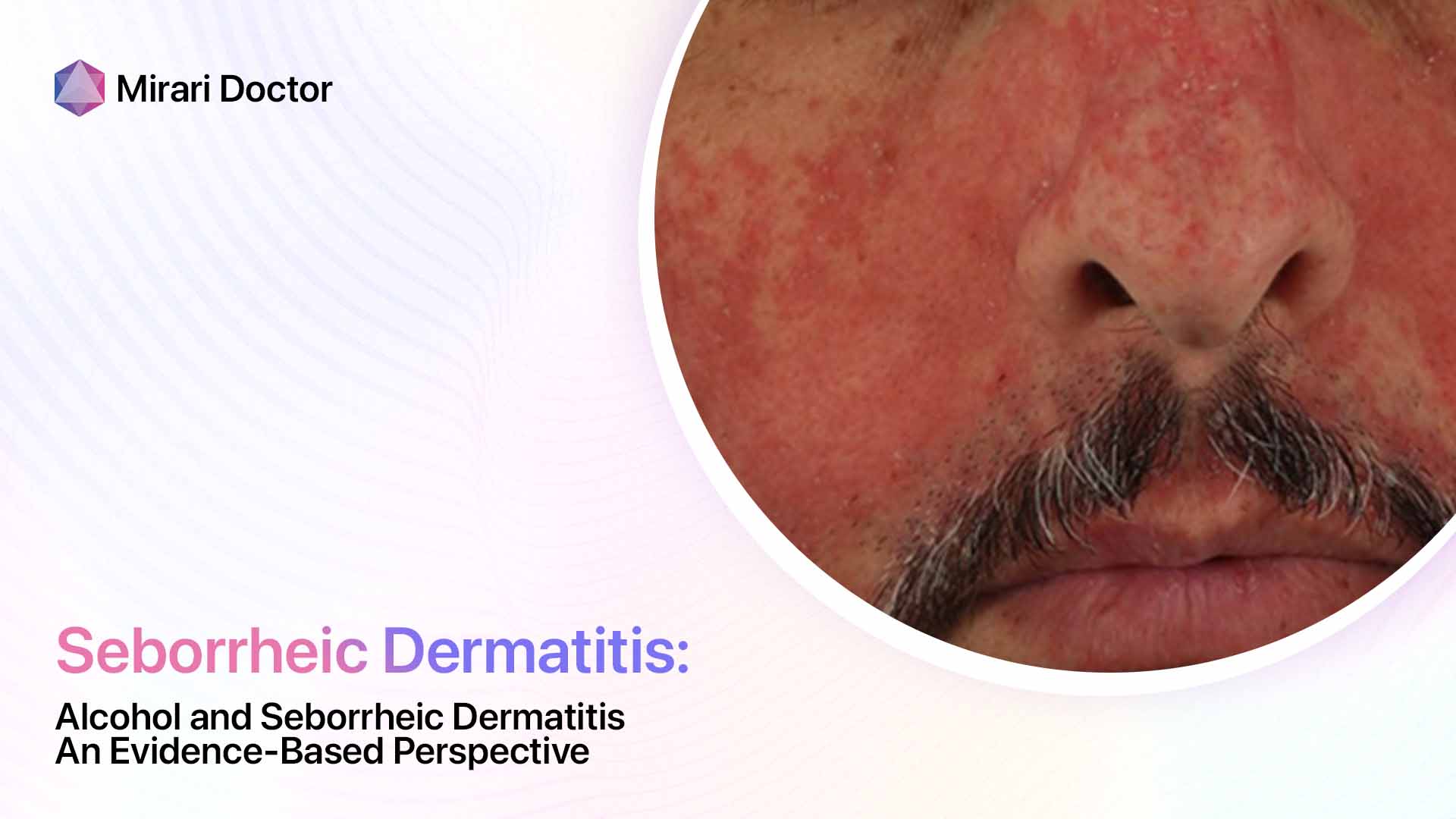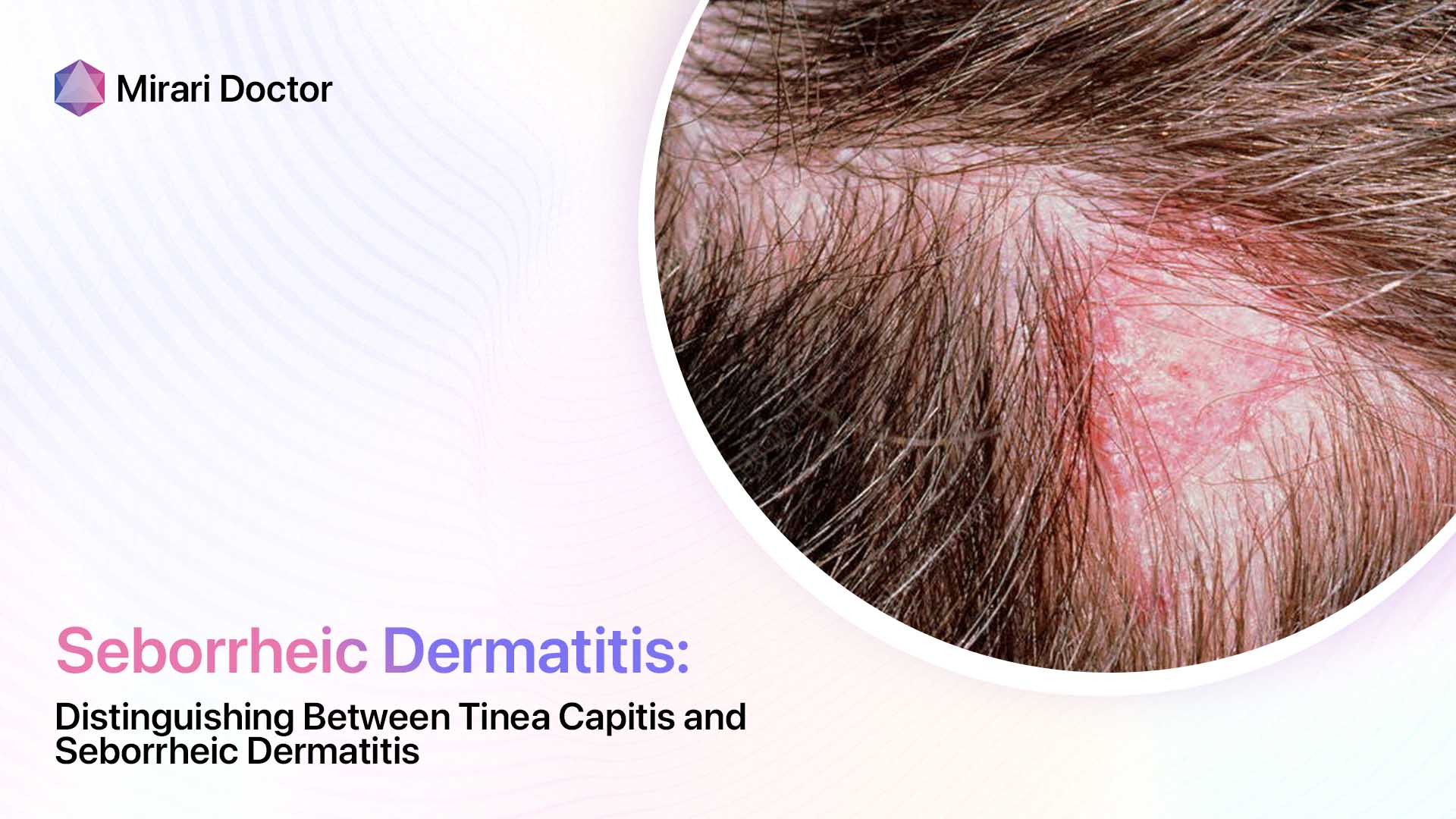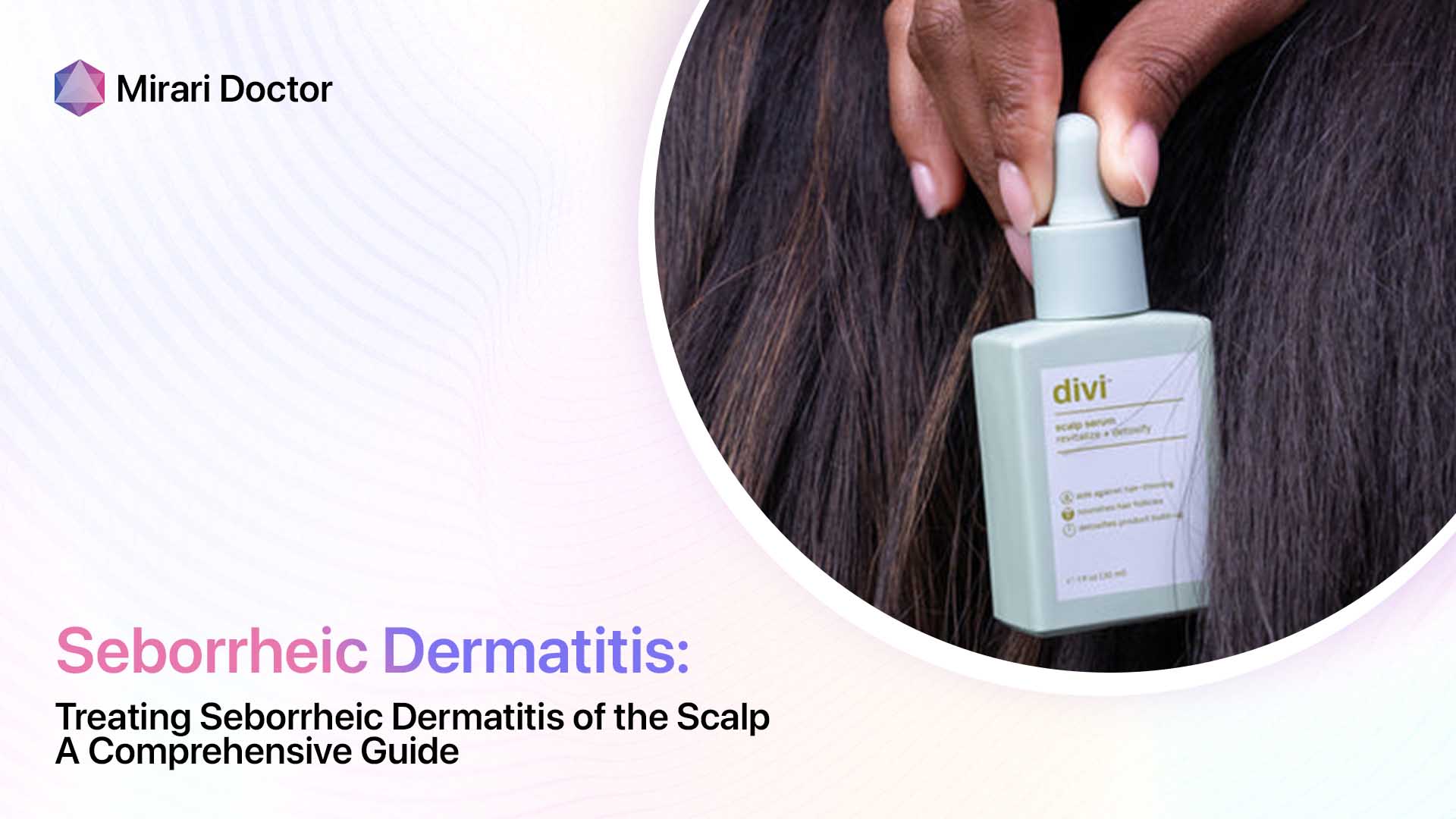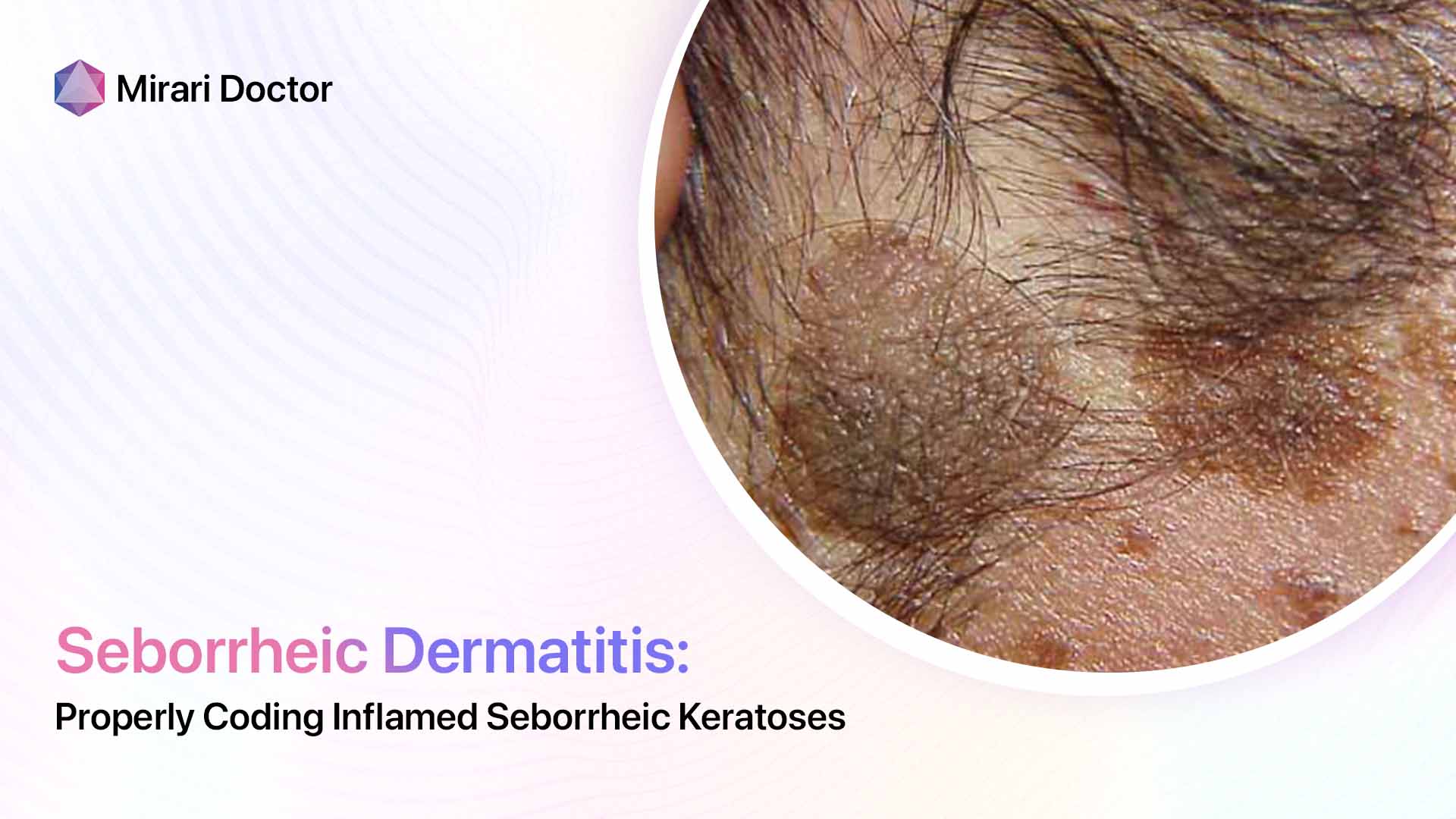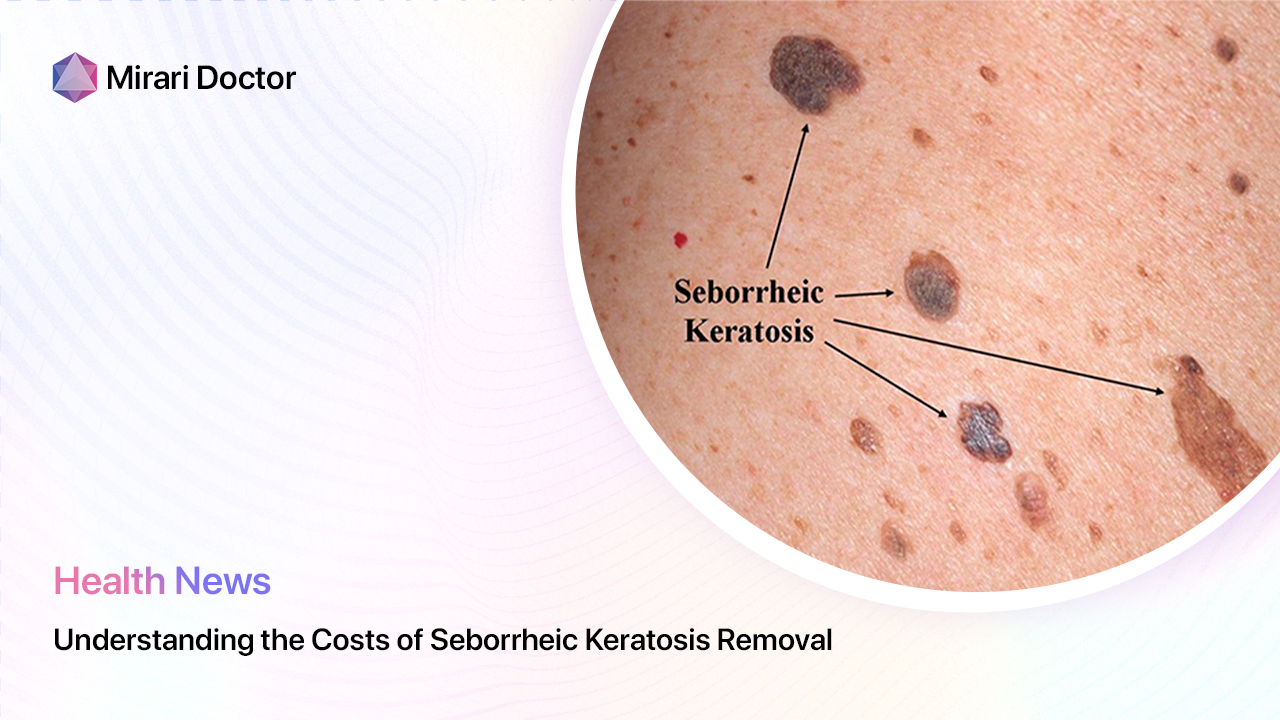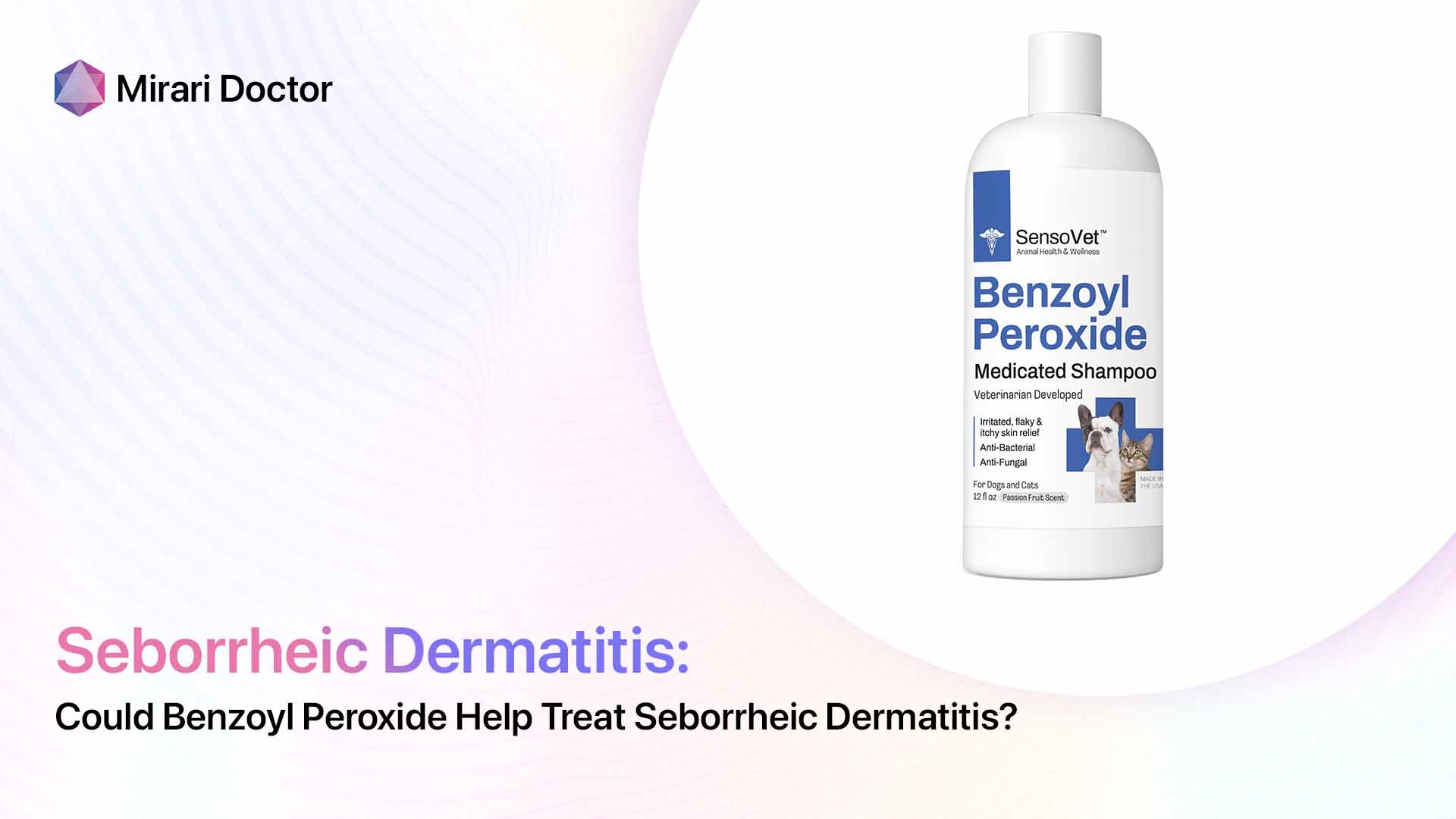
Seborrheic dermatitis causes red, scaly, greasy skin eruptions most often on the scalp, face, upper chest and back. This frustrating condition afflicts up to 3-5% of the population. Triggers involve skin fungi, sebum secretions, and inflammation. Finding effective yet gentle treatments can be challenging. Benzoyl peroxide, a common acne medication, shows some promise based on limited evidence. Let’s explore whether benzoyl peroxide has a role in managing seborrheic dermatitis.
Overview of Seborrheic Dermatitis
Seborrheic dermatitis causes red, flaky skin with greasy yellowish scales. It often first appears as dandruff but worsens over time. The most common locations include the scalp, eyebrows, nose folds, ears, upper back and chest. Symptoms range from mild to disfiguring, painful rashes.
While not dangerous, frequent seborrheic dermatitis flare-ups significantly decrease quality of life. The condition also predisposes skin to secondary infections. Managing outbreaks quickly is key to minimizing impact.
But finding treatments that are both consistently effective and gentle enough for delicate facial skin can be challenging. That’s why some researchers have started investigating whether benzoyl peroxide, a common acne treatment, may also help certain cases of seborrheic dermatitis.
What Causes Seborrheic Dermatitis?
Experts believe three primary factors underlie seborrheic dermatitis:
- Malassezia – This genus of yeast naturally resides on everyone’s skin. But in those prone to seborrheic dermatitis, chemical byproducts from overgrown Malassezia appear to trigger inflammation.
- Sebum – Excess oil secretion creates an environment ideal for Malassezia overgrowth while also potentially clogging hair follicles.
- Inflammation – Immune responses to fungal antigens and skin irritants cause redness, scaling, and other trademark seborrheic dermatitis symptoms.
So in summary, it’s thought that interaction between fungi, oil secretions, and inflammatory pathways leads to seborrheic dermatitis outbreaks. Treatment involves calming inflammation while controlling fungal overgrowth.
First-Line Seborrheic Dermatitis Treatments
Mild seborrheic dermatitis often responds sufficiently to over-the-counter topical antifungal shampoos and creams containing ingredients like:
- Ketoconazole
- Selenium sulfide
- Pyrithione zinc
- Coal tar
These reduce fungal overgrowth and associated inflammation. Topical anti-inflammatory agents like hydrocortisone may also be added for stubborn lesions.
For moderate-severe seborrheic dermatitis unresponsive to topicals, oral antifungals like fluconazole are sometimes utilized. Then there’s emerging research into benzoyl peroxide…
Evidence for Benzoyl Peroxide in Seborrheic Dermatitis
A 1986 study published in JAMA Dermatology tested a 2.5% benzoyl peroxide preparation on facial seborrheic dermatitis. It found “striking” improvements in all patients after 5 weeks of treatment.
Researchers theorized benzoyl peroxide helps by inhibiting growth of Malassezia yeast involved in the condition. 13 out of 15 patients remained clear 6 months later.
Another small 1976 German study of a 4% benzoyl peroxide shampoo for dandruff found reduced scaling and itching after 6 weeks.
So while larger trials are still needed, early evidence indicates benzoyl peroxide may inhibit problematic fungi and associated inflammation involved in seborrheic dermatitis outbreaks.
Potential Mechanisms Behind Benzoyl Peroxide for Seborrheic Dermatitis
Experts theorize benzoyl peroxide may improve seborrheic dermatitis through several key mechanisms:
Antifungal effects
Like other peroxide antiseptics, benzoyl peroxide likely decreases growth of Malassezia and other fungi triggering seborrheic dermatitis flares when applied topically. Reducing the fungal burden gives the skin a chance to normalize.
Keratolytic and comedolytic properties
Benzoyl peroxide is known to help break down keratin proteins plugging hair follicles and pores. This helps flush out dead skin cells, fungi, and debris.
Anti-inflammatory effects
Some research shows benzoyl peroxide has mild anti-inflammatory properties. It’s thought to help calm inflammatory pathways driving seborrheic dermatitis redness, scaling, itching and more, although exact mechanisms remain unclear.
So in summary, benzoyl peroxide may improve seborrheic dermatitis through antifungal, keratolytic, and anti-inflammatory mechanisms – making it a potentially appealing multi-pronged treatment approach.
Using Benzoyl Peroxide for Facial vs Body Seborrheic Dermatitis
The 1986 study found excellent improvements using a 2.5% benzoyl peroxide preparation on the face. However, some dermatologists believe benzoyl peroxide may be too harsh and drying when applied daily on the sensitive facial skin.
Using benzoyl peroxide for seborrheic dermatitis on the scalp is also controversial – it may bleach hair with repeated use.
As such, benzoyl peroxide is likely more suitable for seborrheic dermatitis localized to the chest, upper back, and other thicker-skin areas. Facial and scalp seborrheic dermatitis may better tolerate more emollient antifungal preparations.
But combination approaches are possible – short benzoyl peroxide courses alongside other gentler facial creams may be beneficial for some under medical supervision.
Potential Side Effects of Benzoyl Peroxide
While often effective, benzoyl peroxide does carry certain risks and side effects to consider before use:
Common
- Skin dryness, peeling, irritation and redness
- Sensitization to sunlight
Rare
- Allergic reaction
- Hair and fabric discoloration from bleaching
Establishing tolerance first with lower concentrations is key. Combining benzoyl peroxide with gentle moisturizers can help reduce irritation. Always apply sun protection when using benzoyl peroxide as well.
Who Should Avoid Benzoyl Peroxide?
Those with very sensitive skin conditions like eczema and rosacea often don’t tolerate even low-dose benzoyl peroxide. Individuals who develop allergic reactions or contact dermatitis from topical acne preparations should avoid it altogether.
When applied to the scalp, benzoyl peroxide shouldn’t be used long-term by those wishing to avoid hair lightening.
Pregnant and nursing mothers should minimize use as well until larger safety studies are conducted.
Lifestyle Measures That May Improve Seborrheic Dermatitis
While medications aim to control active seborrheic dermatitis flares, lifestyle measures help prevent recurrences long-term:
Stress management through getting enough sleep, regular exercise, mind-body practices, counseling and other tools to activate the relaxation response. Stress strongly triggers outbreaks in many patients.
Healthy, anti-inflammatory nutrition high in omega-3s from fish and nuts, antioxidants, probiotics, and veggies over refined carbs and sugars. A balanced diet supports optimal immune function.
Gentle skin care using lukewarm water, fragrance-free cleansers and rich moisturizers. Harsh products disrupt skin barrier function, worsening inflammation.
Oil control via medicated astringents, absorbing powders and adjustments to hair products if oversecretion is an issue.
Lifestyle approaches combined with medications like benzoyl peroxide provide comprehensive seborrheic dermatitis management.
When to See a Dermatologist for Seborrheic Dermatitis
Consult a dermatologist if over-the-counter dandruff shampoos and basic topical steroids don’t control seborrheic dermatitis after one month of diligent use. Also seek medical care for:
- Extremely red, painful, oozing rashes
- Plaques covering over 50% of the scalp
- Facial rashes with skin thickening and fissures
- Hair loss accompanying scalp lesions
A dermatologist has access to prescription-strength topicals, oral antifungals, emerging treatments like benzoyl peroxide, and advanced modalities to get severe seborrheic dermatitis under better control. Starting personalized medical therapy quickly leads to the best outcomes.
Frequently Asked Questions About Benzoyl Peroxide for Seborrheic Dermatitis
Is benzoyl peroxide effective for mild dandruff?
Likely not – over-the-counter antifungal shampoos usually sufficiently manage minor intermittent dandruff without needing potentially irritating acne agents. Benzoyl peroxide is more suitable for recurring moderate-severe seborrheic dermatitis plaques that remain poorly controlled by other standard treatments.
Does benzoyl peroxide permanently cure seborrheic dermatitis?
No – while benzoyl peroxide may profoundly improve seborrheic dermatitis in the short-term, it doesn’t address the underlying lifelong disease process. Flare-ups tend to recur whenever treatment stops since root factors like genes, fungi, and sebum dysfunction persist.
But working with a dermatologist to combine medications like benzoyl peroxide alongside lifestyle measures keeps recurrence risk and severity minimized once initial control is achieved.
Can I use 10% benzoyl peroxide formulations for seborrheic dermatitis?
Potentially, yes, depending on your skin’s sensitivity – but aim lower at first. The 1986 studied used a 2.5% concentration with great success. Starting with this or 5% formulations is ideal for sensitive facial areas before considering anything stronger.
Chest, back and thick-skin areas may tolerate higher strengths up to 10%. But monitor closely for irritation, redness and peeling since benzoyl peroxide can be quite drying.
How often should I apply benzoyl peroxide for seborrheic dermatitis?
Most evidence shows once-daily application is sufficient and ideal for minimizing irritation. Apply small amounts to affected areas in the morning or evening after cleansing skin.
Combine with non-drying, fragrance-free moisturizers. Use mild cleansers and lukewarm water to remove. Avoid excessive washing.
Duration depends on severity – a few weeks to months may be trialed under medical supervision. Avoid very prolonged use in sensitive areas however.
Are there any blood tests needed before using benzoyl peroxide?
No – benzoyl peroxide has no systemic absorption or known effects on bodily organs, so there’s no need for routine blood monitoring with topical use as there is with oral antifungal therapy.
But those with multiple allergic tendencies may wish to pursue patch testing first. And let your doctor know if unusual reactions develop requiring blood work investigations.
Conclusion: Key Takeaways
- Early small studies demonstrate benzoyl peroxide improves moderate-severe seborrheic dermatitis plaques through antifungal, keratolytic and anti-inflammatory effects.
- Benzoyl peroxide likely better suits thick-skin body areas than the scalp or face due to bleaching and irritation risks.
- Combining brief benzoyl peroxide trials with gentler scalp/facial options may provide a comprehensive approach under medical guidance.
- While not a standalone cure, adding benzoyl peroxide to one’s seborrheic dermatitis regimen could induce longer remission periods.
- See a dermatologist if over-the-counter treatments fail after a month – localized prescription benzoyl peroxide compounds may help certain cases.
Related articles
Made in USA




